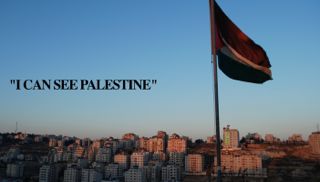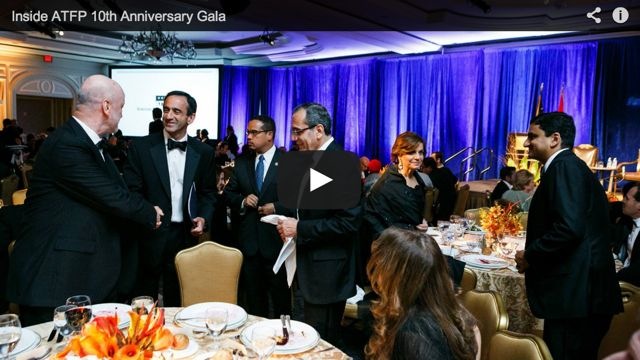At the May 2nd, 2008, Ad Hoc Liaison Committee (AHLC) meeting, the World Bank, noted that the estimated economic growth arising from parallel actions by the Palestinian Authority (PA), Israel and the donors had not been fully realized. This AHLC report takes stock of further progress on the three parallel conditions for Palestinian economic revival- PA reforms, donor aid and Israeli resolution of the M&A restrictions. It also defines and analyzes the extent of economic restrictions as a collective set of barriers- physical, institutional and administrative- that combine to prevent Palestinian access to its own economic potential, and
to the rest of the world.
The months since the May AHLC have witnessed some improvements in security, but in varying degrees across different areas. In Gaza, a ‘Tahdi’ah’ (calm) between Israel and Hamas was activated on June 19th, 2008. Since then, attacks out of Gaza have fallen significantly, but continue to take place, as do other attacks within Israel, and in Jerusalem. Palestinian inter-factional tension continues in the West Bank and Gaza, with arrests of people and closures of NGOs by each side, resulting in an alarming deterioration in the ability of civil society organizations in both the West Bank and Gaza to continue cater to vulnerable groups, particularly, youth and children. Furthermore, within the West Bank, a worrying trend in settler violence is on the increase. As a general direction, however, there has an overall reduction in hostilities, particularly between Israel and Gaza since June 19th.
Over the past 9 months the PA has made significant progress on implementing the reform agenda laid out in the Palestinian Reform and Development Plan (PRDP). The PA has successfully contained its wage bill, reactivated the budget process and, after excluding one-off revenue items, is projected to reduce the recurrent fiscal deficit on a commitment basis from 27% of GDP in 2007 to about 23% in 2008. The donor community has responded to these reforms by supporting the PA with about $1.2 billion in budget support to the end of August. Gaza, however, remains outside of the reforms as Hamas remains in control of security and the most important, ministry positions there.
The PA has made considerable efforts in re-establishing law and order and curbing the activities of militias, another commitment under the PRDP. As a follow-up to the November 2007 deployments in Nablus, the PA undertook a comprehensive mobilization of forces to enhance security in Jenin in May 2008. This is in addition to security initiatives undertaken elsewhere in the West Bank, and is part of a broader reform agenda that has received broad international support at the Berlin Conference on Palestinian Civil Security and the Rule of Law held on June 24th. These deployments of Palestinian Security Forces across West Bank towns have
Palestinian Economic Prospects: Aid, Access and Reform produced encouraging results, and have been met with support by the local population. However, the impact and authority of the Palestinian Security Forces has been severely undermined by continued Israeli incursions to carry out arrests of suspected militants, whom Israel regards as not having been effectively contained.
Israel has announced a series of measures in support of the Palestinian economy, including but not confined to: (a) the upgrading or removal of a number of roadblock/obstacles across the West Bank; (b) the increase in working hours at the Allenby Bridge between the West Bank and Jordan; (c) plans for the issuance of an additional 5,000 permits for Palestinian workers to work in Israel; and (d) the issuance of special permits for farmers from Jenin and Nablus to travel to the Jordan Valley using their agricultural vehicles. Of particular impact is the decision on a moratorium on house demolitions in Area C of the West Bank due to the lack of building permits, which was put into effect by the Israeli authorities in April 2008. However, demolitions in East Jerusalem continued, with several demolitions as of August 2008.
The support of Quartet Representative Tony Blair, manifest in a May 13th Agreement on several initiatives, is beginning to yield results but requires further support. Several aspects of the May 13th agreement with the PA and Israel have been implemented, including the removal of a number of key roadblocks within the West Bank, the facilitation of the first phase of the North Gaza Emergency Sewage Treatment Plant, the mobilization of donor funds to complete a $500 million Mortgage Facility, and the July 28th Frequency Allocation Agreement between Israel and the PA, enabling Wataniya, a second mobile operator, to begin operations in the West Bank. Moving forward, further support for the May 13th package by Israel and the PA is critical, given their significance as precedents for a revival of the Palestinian economy. It is also noteworthy that these measures were intended as a means and not an end in the Palestinian development narrative. Despite the progress to date, most items in the May 13th package remain incomplete.
To download the full report please click below:
| Attachment | Size |
|---|---|
| AHLCReportSept.08final.pdf | 1.14 MB |
The World Bank - Economic Monitoring Report to the Ad Hoc Liaison Committee - September 22, 2008 - Back to Resources Page
Did we miss something?
Click here to suggest a state building resource to be added to our fast-growing archive!
















